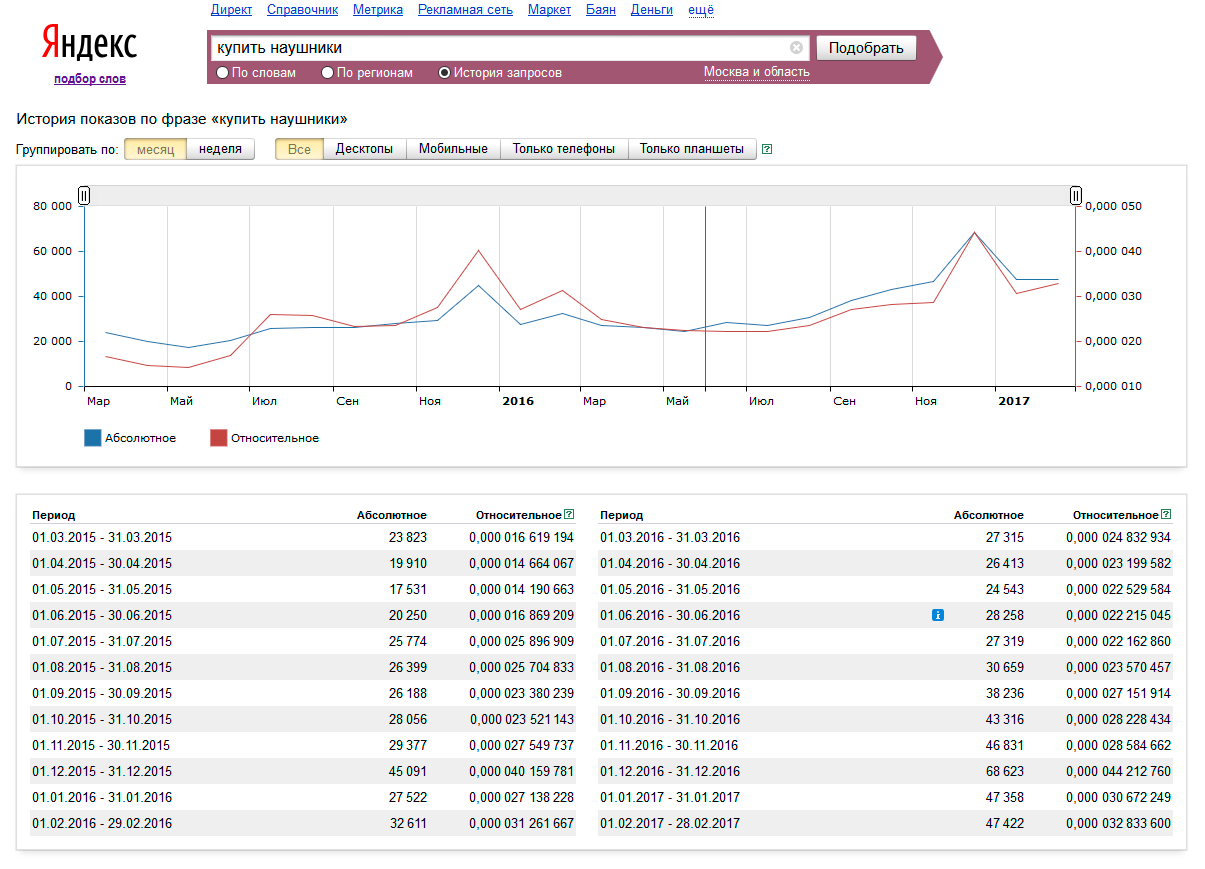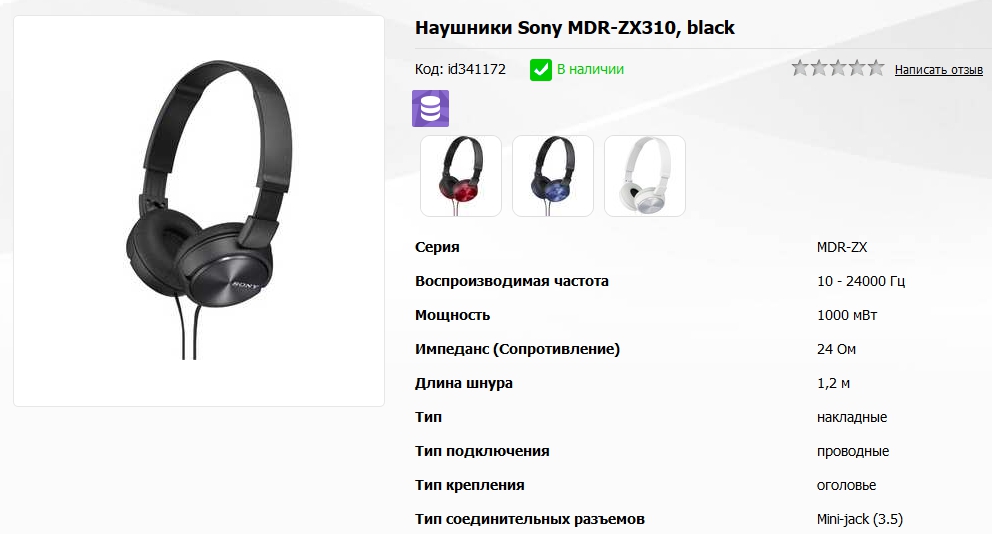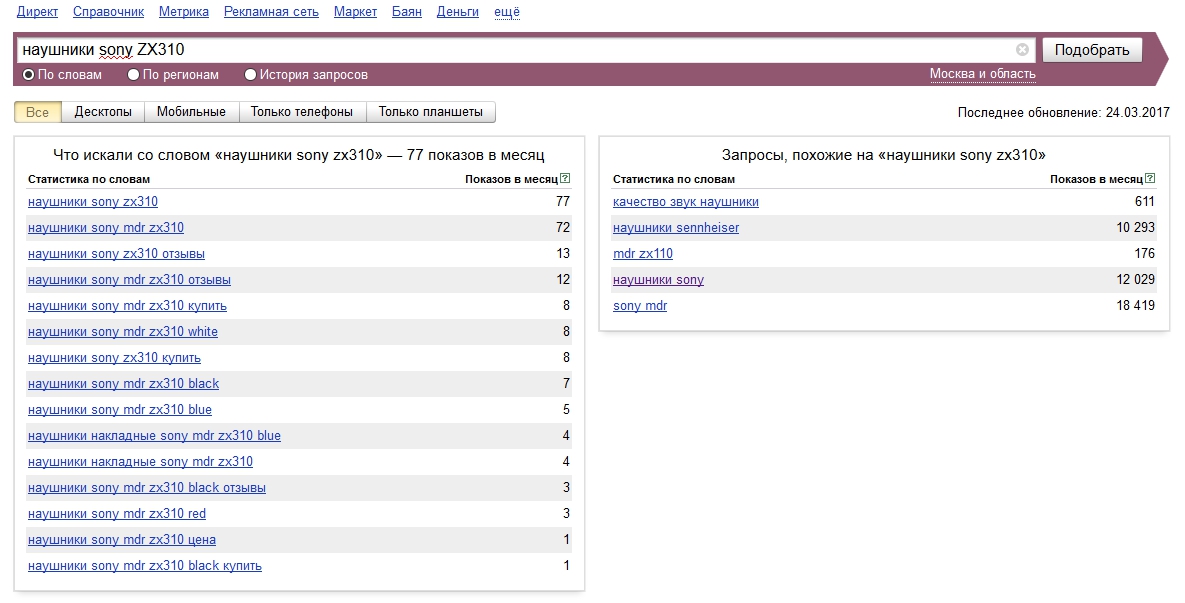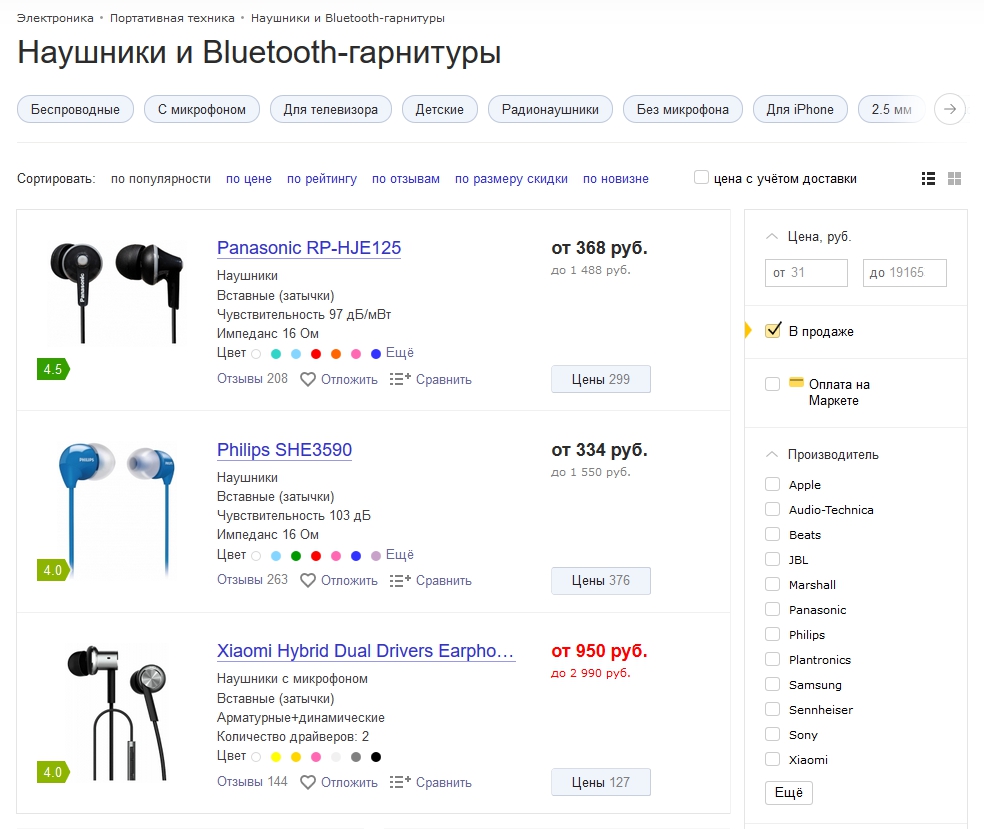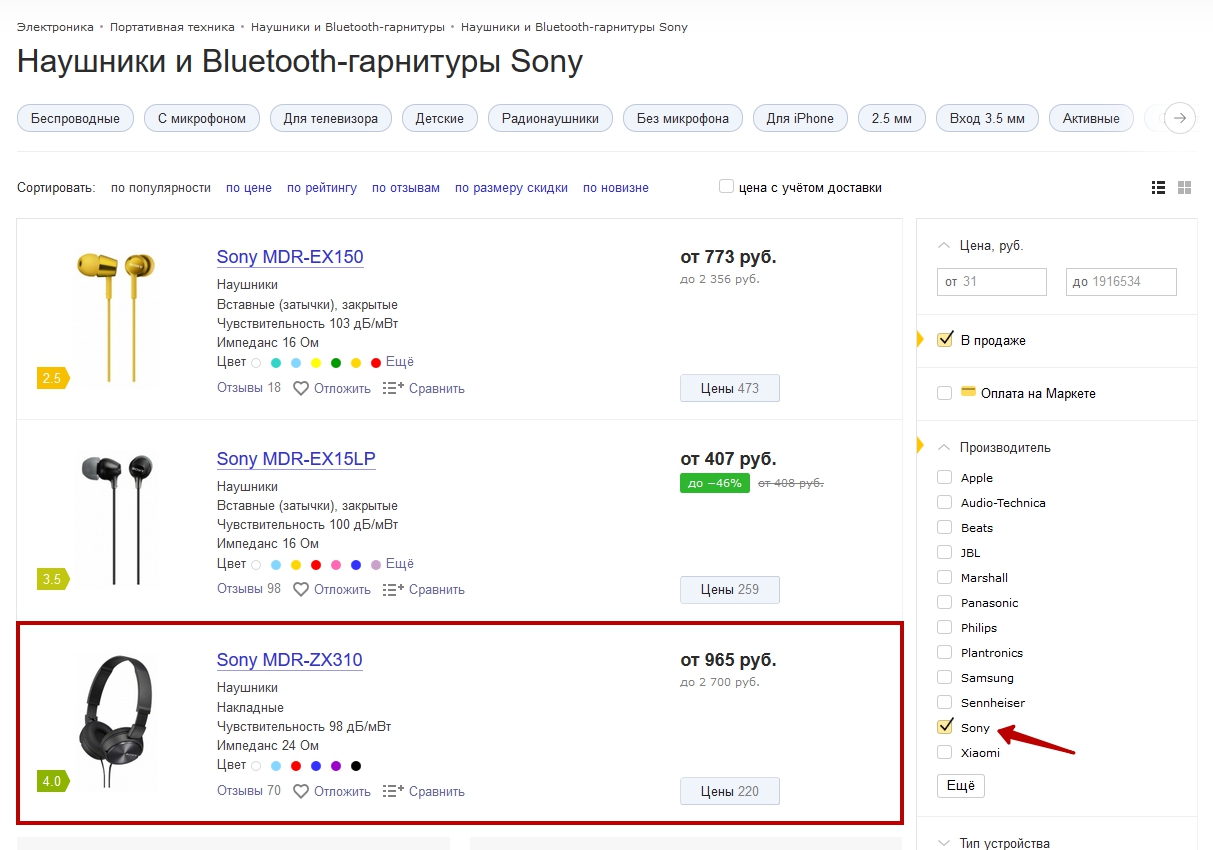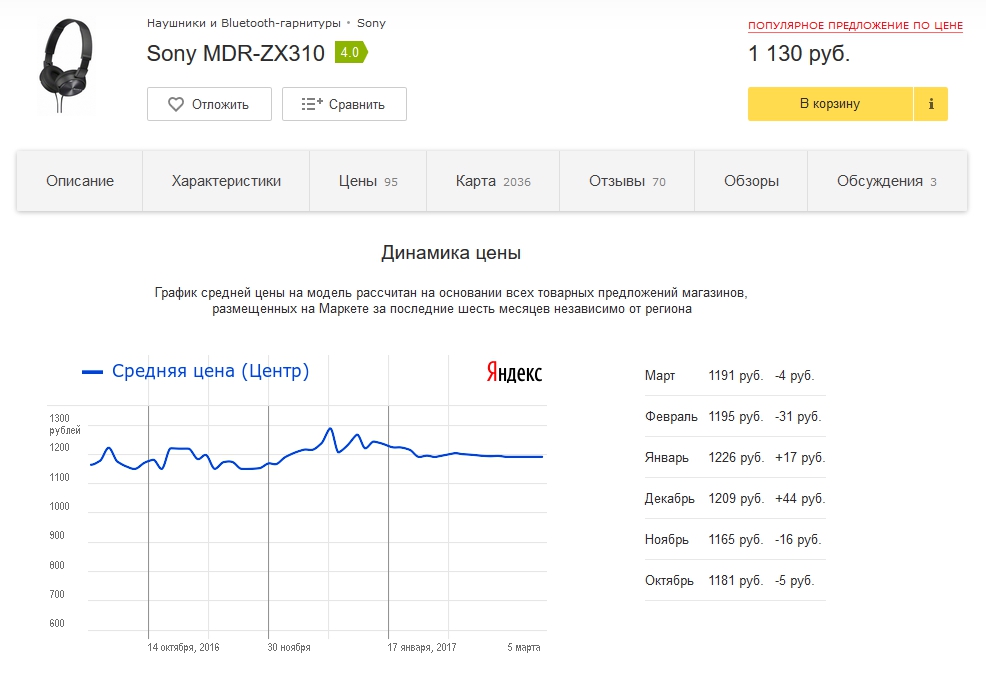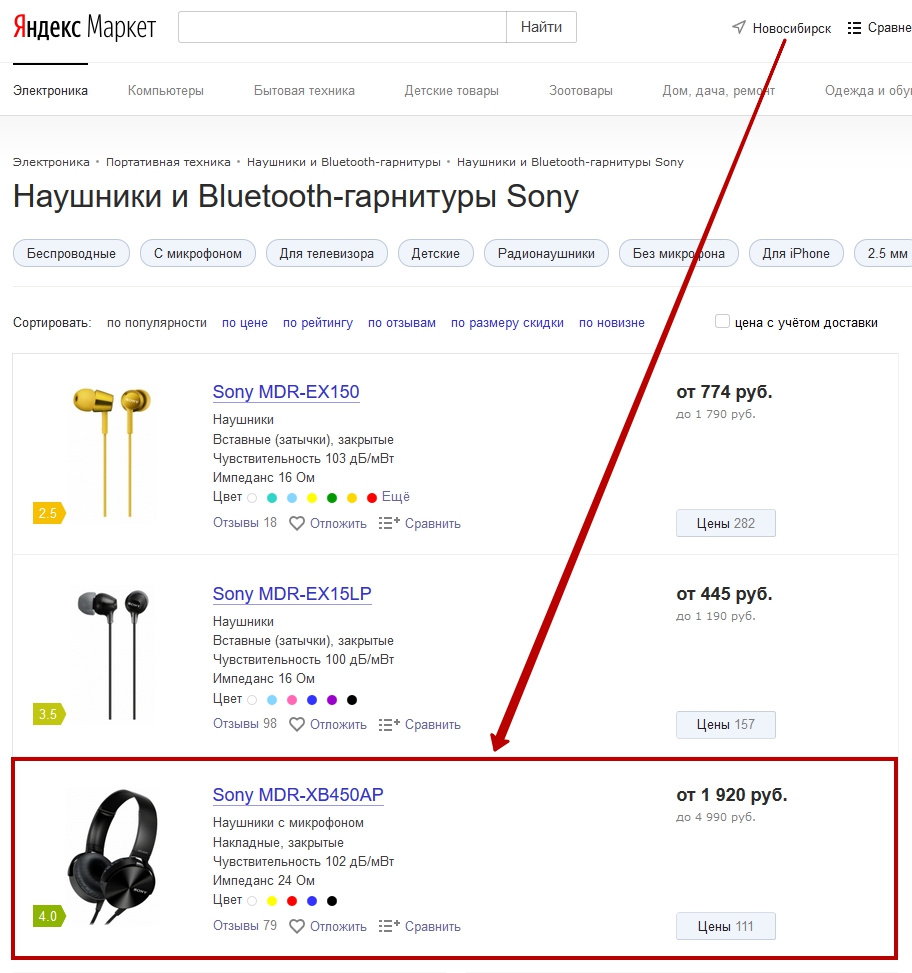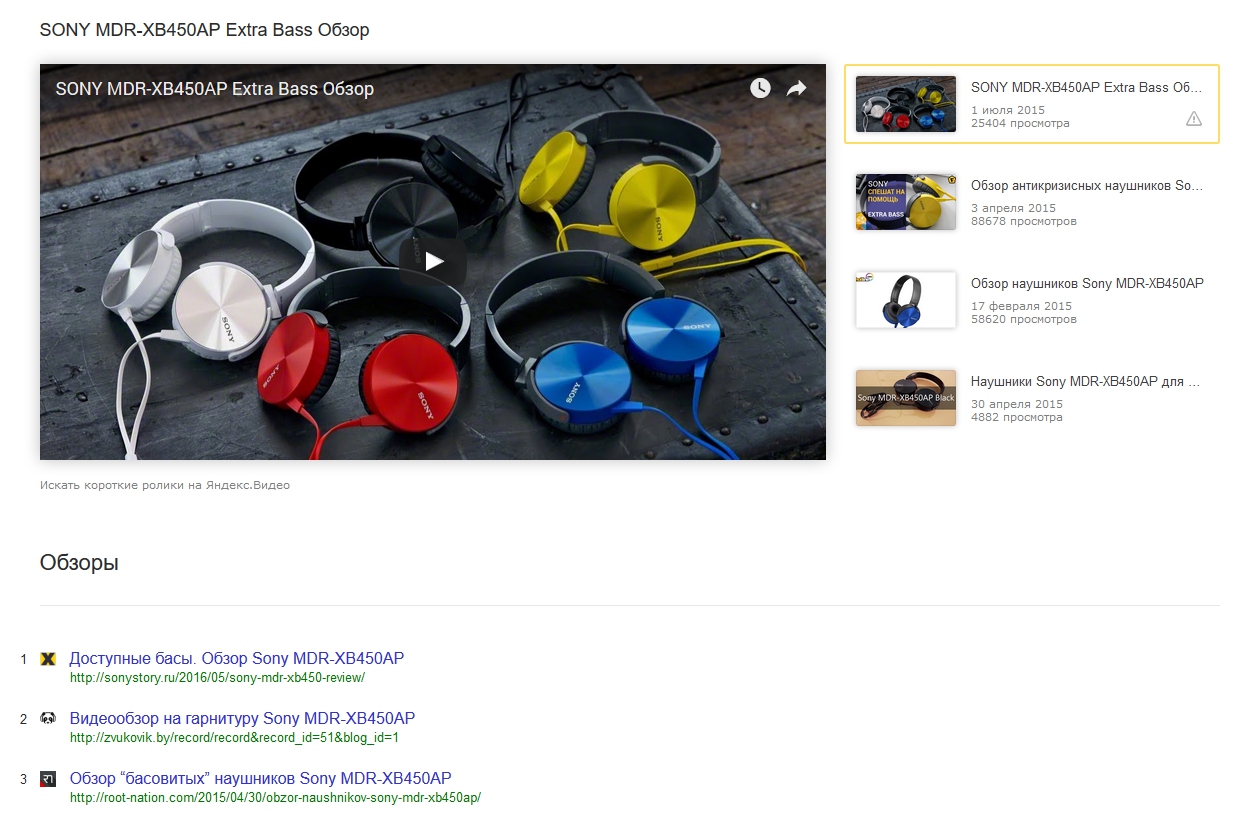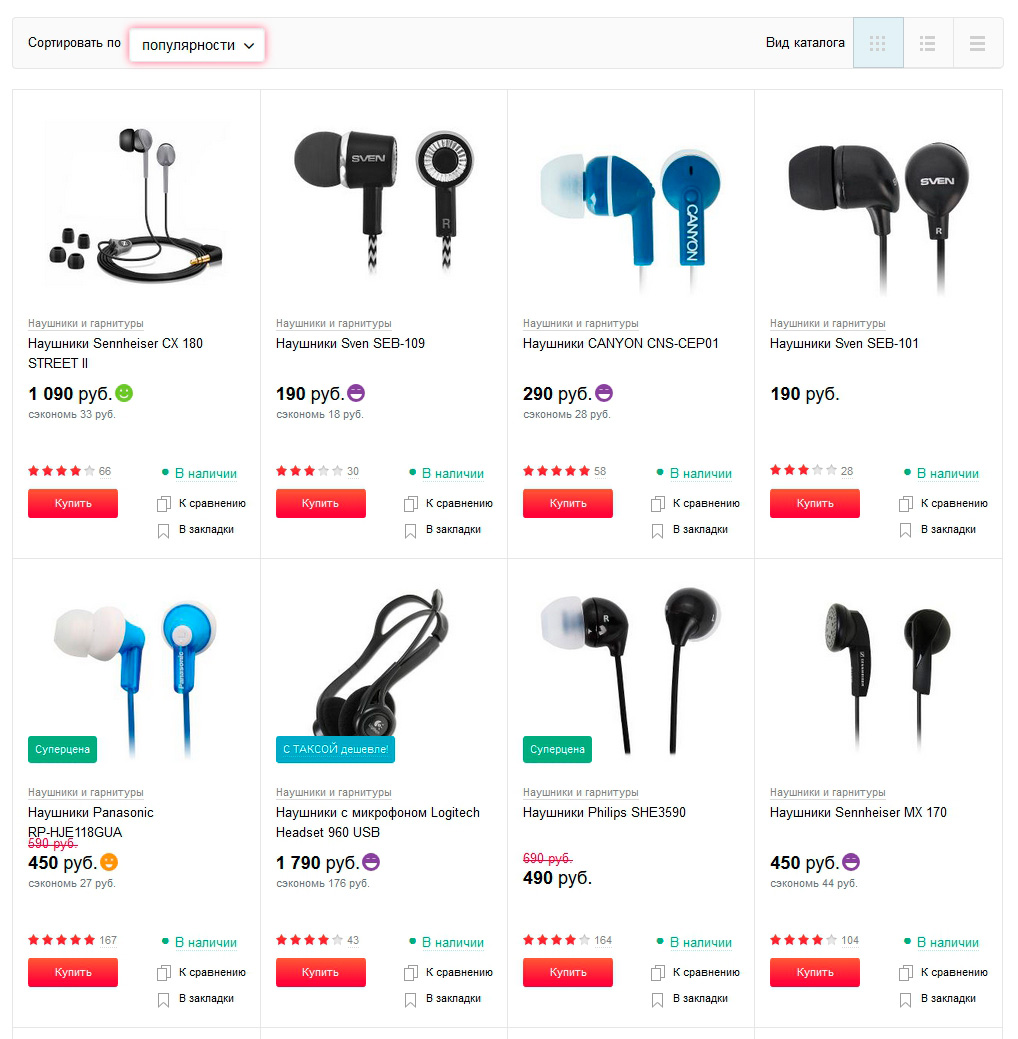Sections of the site
Editor's Choice:
- Business with China - where to start, how to find suppliers + TOP-15 goods from China and a list of trading platforms
- Where to invest 1000 dollars
- Three common misconceptions and six life tips
- How can maternity capital be used - what needs can be spent on maternity capital
- Caramel apples - a new idea for business
- Ready business plan for beginners
- Gypsum tiles for stone: 7 advantages of the material
- How to buy the best and interesting unusual goods from China for home, gifts and sale on Aliexpress in Russian?
- Business plan for opening a bath
- Where to spend maternity capital before the child is 3 years old
Advertising
| 4 proven ways to determine consumer demand for a product |
|
"How to predict the assortment in the online store, which will be in great demand?" - this is a question often asked by entrepreneurs. After all, you must admit, no one wants to buy a bunch of illiquid assets that will be sold for long months, or even years. To me, captain is obvious, many will answer, already on the Internet everything has been known for a long time - the almighty Yandex Wordstat in the teeth and off you go! The lazy one just didn’t tell how to determine demand by it. Of course, yes, Wordstat cannot be underestimated, but it does not determine the demand for a product, it keeps statistics on user requests to the search engine, and these things are still different! There are much more requests for "bmw x5" than "lada vesta" and "lada priora" combined - this does not mean that most BMWs are bought from us ... right ?! In today's article, we will try to find the truth in this matter and consider other ways to determine demand, in addition to Wordstat. As I said, there is no direct relationship between the number of requests to the search engine and consumer demand for the product. He is undoubtedly traced, but I would call it an indirect indicator, rather than trust him completely. There are a huge number of nuances that need to be taken into account when analyzing queries in wordstat, for each specific niche. Let's take a look at them with an example, at the same time and consider again how to use Wordstat. 1. Determine demand using Yandex WordstatFor example, let's take a headphone store. there are some nuances that we will take into account. But first, let's go over the Wordstat again. The address of the service itself has long been known to everyone - wordstat.yandex.ru. Before starting any search for keywords, you need to set the region in which your target audience is located. The region selection is located on the right under the search bar. In this case, the tables will show "impressions per month" results only for the selected region. Next, we proceed to the request itself. It is important to remember here that by default, Wordstat does not show specific key user queries. For example, by entering the query “ headphones"In statistics, opposite this word will be the sum of any queries in which it occurs -" headphonessony», « headphones inexpensive», « headphones broke», « how to fix headphones», « how to make headphones with your own hands" etc. Simply put - we get a lot of unnecessary statistics. In order to avoid this, you need to specify requests as much as possible. Moreover, since it is customer demand that is interesting to us, I recommend adding words to the request that indicate the user's desire to purchase the product now or in the near future. These words include “ buy», « price"And the like. Headphones are completely different, for example - wired and wireless; in turn, wireless can be radio and bluetooth; Also, headphones can be broken down according to certain characteristics and properties - in-ear headphones, on-ear headphones, monitor headphones, gaming headphones, studio headphones, etc., not to mention the fact that there are quite a lot of different headphone manufacturers. In short, different variations of the sea. And we will have to sort out a huge number of possible variations. By the way, do not forget to use the Russian spelling of brands - “ Sony headphones», « earphone samsung», « headphones bits"Etc. It will not be superfluous to look at the request history. This is useful for seasonal products, for example - swimwear, barbecues, garden tools, etc., they ask for it much more in summer.
In general, having carried out such simple actions, you can get a picture of what buyers are most often looking for. However, in many niches, including headphones, the assortment is formed from a large number of specific models, and not general requests.
Wordstat will help us here as well, as you can look at each model and form for yourself a picture of what is selling well and what is bad. Let's do it in the above screenshot of the "Sony MDR-ZX310" model. Even without the words "buy" and "MDR". We get the following picture:
Not much happened, a total of 77 requests. If we remove the word "headphones", then we get more - 321 requests. If we sort out all sorts of options, including the Russian spelling, then at best it will turn out to be about 450-500 (per month). That for the region "Moscow and the region" is a very modest figure. Let's try to calculate the approximate consumer demand using Wordstat. Let's take an average of 2% good conversion across all stores on the market. We get the following calculation: 500 * 2% = 10 sales. Because There are a lot of stores selling headphones on the market, it can be assumed that the most popular of them sell this model piece by piece. Is this really so, we will climb a little later. 2. Determine demand using Yandex MarketAnother way to determine customer demand is Yandex.Market. This is especially true for product categories with a lineup. Headphones have a lineup, and, in a large number of cases, the market has so-called "model cards", inside which all store prices for this particular model are presented.
Also, the Market has by default sorting "by popularity" for cards of models. In other words, you can clearly see the popularity of a particular model, as well as:
It should be understood here that popularity is a click-through rate (card views), but not purchasing power. Of course, this is partly related to each other, but there are exceptions. To assess customer demand, you need to pay attention to the number of competitors. In many cases, the classic rule is “demand creates supply”. The higher the consumer demand, the more stores are eager to sell this product, and the correspondingly more competitors become. In the screenshot above, you can see that the most popular models are from Panasonic and Philips, both models have 300+ offers (prices), each model has more than 200 reviews and a high rating. Which confirms that there is consumer demand here. Let's now take a look at the very Sony ZX310 headphones that we reviewed in Wordstat. To do this, in the Market, on the right, in the "Manufacturer" filter, check the "sony" box and get the following result:
As you can see, our headphones are in the TOP3 in popularity among Sony. A good rating, 70 reviews and high competition mean that headphones are popular. This does not mean that they are sold per piece. Trust me, as a person who has been selling electronics for a very long time! As you can see, this is at odds with the wordstat picture. And there are actually a lot of similar examples. And the opposite, when there are a lot of requests, but they are reluctant to buy. This can be when the model is well advertised, but it turned out to be unsuccessful, and reviews of the model bury all sales. After reading the reviews, a potential buyer is no longer eager to buy this particular model. By the way, on the Market you can see the dynamics of changes in the average market price, which is also sometimes very useful in assessing demand. Because the cost of the goods plays an important role here.
Also, as in Wordstat, on the market you can see the results for different regions. So for Sony headphones, in the city of Novosibirsk, the third most popular model will be "MBR-XB450AP":
In addition to the above, you can indirectly support your guess about demand by evaluating the number of text and video reviews. Today it can also be seen in the model card on the market. As a rule, they do not shoot a large number of videos for an unpopular product and do not write detailed reviews.
In the same niches where the model card is not on the market, it is more difficult to determine the demand. It is necessary to search the market to analyze the number of competitors' applications in a specific price range. In addition to Yandex.Market, in some cases you can use others in your region. 3. Determine the demand for the range of competitorsIf you have large competitors in your niche who trade in goods from their warehouse, then you are in luck. In large stores, they carefully approach the selection of a liquid assortment and struggle with illiquid assets in the warehouse. Therefore, such competitors can be partially guided by the range of assortments that are in demand among buyers.
Here you can also sort "by popularity" and product reviews. The truth is that the sorting may not always be true in stores, so I recommend checking this with several large cross-stock stores in order to understand whether the picture is similar to the truth. Large stores very rarely wind up product reviews for themselves. they already have a fairly large audience, properly stimulating which, real customer reviews appear. If there are no major players in your niche, then it is more difficult to predict. Because small stores very often do not guess with the assortment or work from the supplier's warehouse, laying out the entire assortment that he has - for you this will only be a trick. Rather, it is necessary to analyze a large number of stores and determine the cross-assortment. 4. Determine the demand based on information from suppliersSuppliers are entrepreneurs just like you, only selling in bulk. Today, by the way, it is becoming fashionable to have their own online store for the supplier, where the goods can be bought not only by companies, but also by any individuals. There are two ways to determine demand in this way. The first is when communicating with a supplier (or a personal manager), the second is when analyzing the price list. Let's start in order. Option one. This is the easiest way to find out the demand for a product. You are not one of the suppliers, and many of your competitors also buy through it. And accordingly, the supplier sees which product is popular and which is not very much in demand. Many wholesalers are also not interested in the fact that their warehouse becomes illiquid and react to the market by purchasing hot goods in large quantities. The supplier himself can be happy to tell you which product is in demand and which is not. Moreover, it may even draw your attention to a number of nuances that should be taken into account when selling. Of course, you do not need to blindly trust the supplier's words and it makes sense to double-check them using the methods described above. And if you can confirm his words, then you can continue communication in this way. Unscrupulous suppliers will naturally try to deceive you and pass off illiquid assets as a hot commodity, here you need to be careful.
Second option. This is an analysis of the withdrawal from the supplier's price list. Usually, suppliers send their price list at some frequency, for example, once a day or every other day. Naturally, the same price list goes to numerous competitors who order interesting and popular goods in their store. Patience will undoubtedly be required here, tk. you need to collect several price lists in order to track the dynamics of changes at the supplier. Of course, if a supplier has a huge assortment, then manually it is quite difficult to evaluate it, but fortunately, this can be automated by writing a small program that will track it for you and issue a report in a simple and understandable form. Let's summarizeThere are other tools, for example, Google Trands or contextual advertising Yandex.Direct and Google Adwords - which are also sometimes mentioned in some articles. I would not recommend analyzing by contextual advertising, because a lot of money goes down the drain there, especially by beginners, and this can only mislead you. As for the advertised Yandex.Wordstat, as the main tool for analyzing consumer demand, I hope you understand that it does not give a clear answer. Moreover, it can greatly distort the state of affairs, both upward and downward. I burned myself with this repeatedly until I started analyzing in all four ways! Update 25.07.2017. Video on the topic |
| Read: |
|---|
Popular:
Power and energy measurement
|
New
- Where to spend maternity capital before the child is 3 years old
- What business can you do at home
- How to open a sauna (bathhouse): business plan and recommendations
- Private bath and sauna as a business idea
- Natural stone business
- Fusing glass at home
- Power and energy measurement
- How to get promoted to a novice beauty master
- Breeding of laying hens for eggs: business plan and profitability
- Creative business ideas that make a profit

